Trilok Kapoor
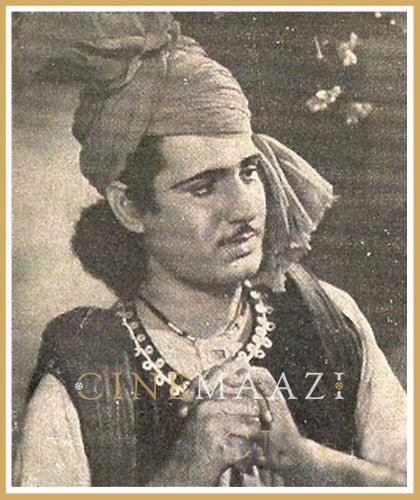
Subscribe to read full article
This section is for paid subscribers only. Our subscription is only $37/- for one full year.
You get unlimited access to all paid section and features on the website with this subscription.
Not ready for a full subscription?
You can access this article for $2 , and have it saved to your account for one year.
- Born: 11 February, 1912 (Peshawar, North-West Frontier Province, British India)
- Died: 23 September, 1988 (Bombay, India)
- Primary Cinema: Hindi
- Parents: Dewan Basheswarnath Singh Kapoor
- Children: Vijay Kapoor , Vicky Kapoor
A lead star who later moved to character roles, Trilok Kapoor remained a busy and active actor even late into his career. Acting in approximately 120 films, he was active for over 50 years in the Hindi film industry. Younger brother of early film actor Prithviraj Kapoor, whose progeny are part of the famous Kapoor film family, Trilok Kapoor is known for early films such as Char Darvesh (1933), Seeta (1934), Karodpati (1936), Achhut (1939), Suhana Geet (1941), Raja Rani (1942), Vishwas (1943), Nala Damyanti (1945), Dharti (1946), Mirza Sahiban (1947), and O Janewale (1948). He continued to work in numerous films through the successive decades. Among his last appearances on screen were Saaya (1989), Akanksha (1989), and Wafaa (1990). He is sometimes alluded to as the ‘Forgotten Hero’, owing to other members of his extended family garnering more attention.
Born 11 February, 1912 in Peshawar, Trilok Kapoor did his initial studies in Peshawar, and then moved to Calcutta in 1928. He was drawn to India’s freedom struggle. As he revealed in an interview with Tabassum, his father Basheswarnath Kapoor, worried about his young son’s activities, shared his fears with his older son, Prithviraj. Prithviraj Kapoor was in Bombay at the time, having made inroads into the burgeoning film industry. Inviting his younger brother to join him, films were the next step for Trilok. Thus did Trilok Kapoor go on to start his career in the romantic film Char Darvesh (1933). Directed by Prafulla Ghosh, it also featured Angurbala, Kanan Devi, and Benoy Goswami.
The following year, Trilok Kapoor was seen onscreen alongside his brother in the 1934 release Seeta. This mythological film had Trilok essaying the role of Luv, while Prithviraj Kapoor played his onscreen father, Ram.
Trilok Kapoor went on to star in several films as the romantic lead. He was paired opposite actresses such as Noor Jehan, Nargis, and Nirupa Roy. Trilok enjoyed a successful pairing with the legendary singer-actress Noor Jehan. He also worked with Noor Jehan in her last Hindi film Mirza Sahiban. Post this hit which released in 1947, Noor Jehan moved to Pakistan. He acted alongside Nargis in Pyar Ki Baaten (1951), which was directed by Akhtar Hussain. He also formed a hit pair with Nirupa Roy, featuring in approximately 18 films together.
Kapoor was, however, most successful in mythological films. His 1950 film Har Har Mahadev was a resounding hit. It changed the course of his career, and he was thereafter seen mainly in mythological films. Interestingly, he even played a dwarf avatar of Lord Vishnu in Waman Avtar (1955). The 1940s-50s were a time when mythological films dominated the industry. Kapoor became famous for playing Lord Shiva with Nirupa Roy playing Parvati. Their images in these godly avatars flooded the markets gracing calendars and posters. He featured in several mythologicals such as Shiv Shakti (1952), Jai Mahadev (1955), Ganesh Janma (1951), Har Har Mahadev (1950), and Shiv Kanya (1954).
In time, Trilok Kapoor moved to playing character roles. Post-1970 onwards he was seen in popular films such as Dostana (1980), Jai Santoshi Maa (1975), Prem Kahani (1975), Nehle Pe Dehla (1976), and his nephew Raj Kapoor's Ram Teri Ganga Maili (1985), among other films.
He turned producer with Shiv Parvati (1962). Directed by S N Tripathi, it had Kapoor acting as Shiva, with Ragini as Parvati and Jeevan in the role of Narada. Kapoor also wrote the film. Kapoor is also credited with rendering playback for the films Trolley Driver (1958), and Miss Mala (1954). He also featured in the TV film Akanksha in 1989.
Trilok Kapoor passed away on 23 September, 1988 in Bombay. He was 76. He was survived by his sons - Vijay Kapoor, a film director, and Vicky Kapoor, a lawyer. A road in Mumbai’s Union Park area of Chembur, where Trilok Kapoor resided, was renamed Trilok Kapoor Marg in his honour.
-
Filmography (102)
SortRole
-

Humraaz 2002
-

Taal 1999
-
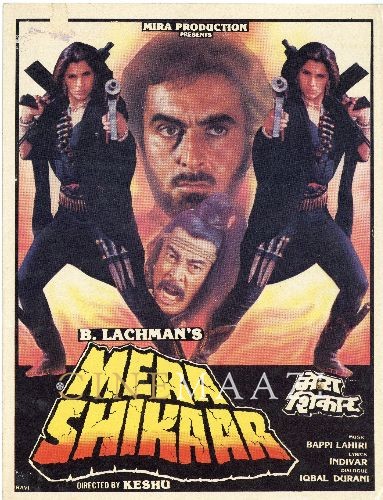
Mera Shikaar 1988
-

Dozakh 1987
-
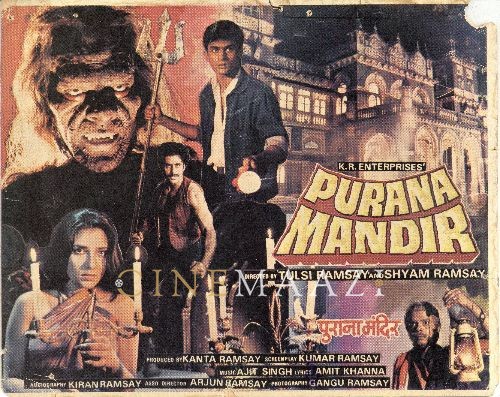
Purana Mandir 1984
-
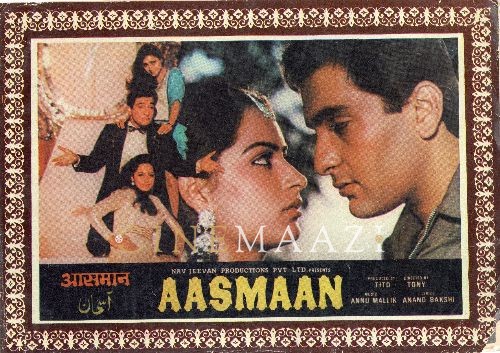
Aasmaan 1984
-

Badle Ki Aag 1982
-
Dostana 1980
-
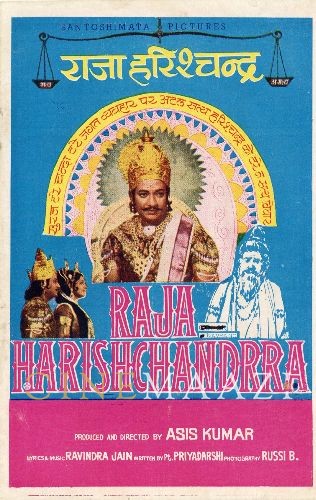
Raja Harishchandra 1979
-
Ahinsaa 1979
-

Sargam 1979
-






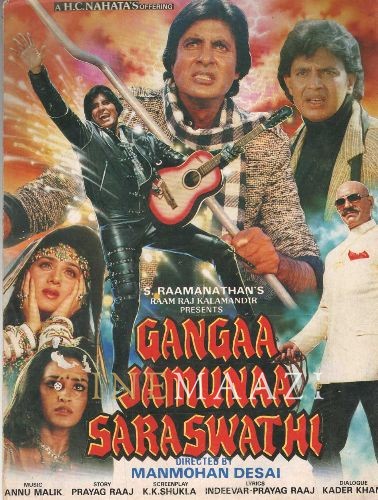
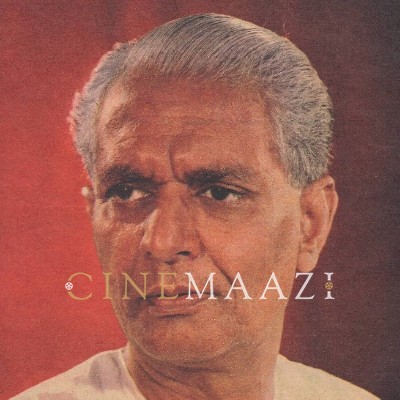
.jpg)



